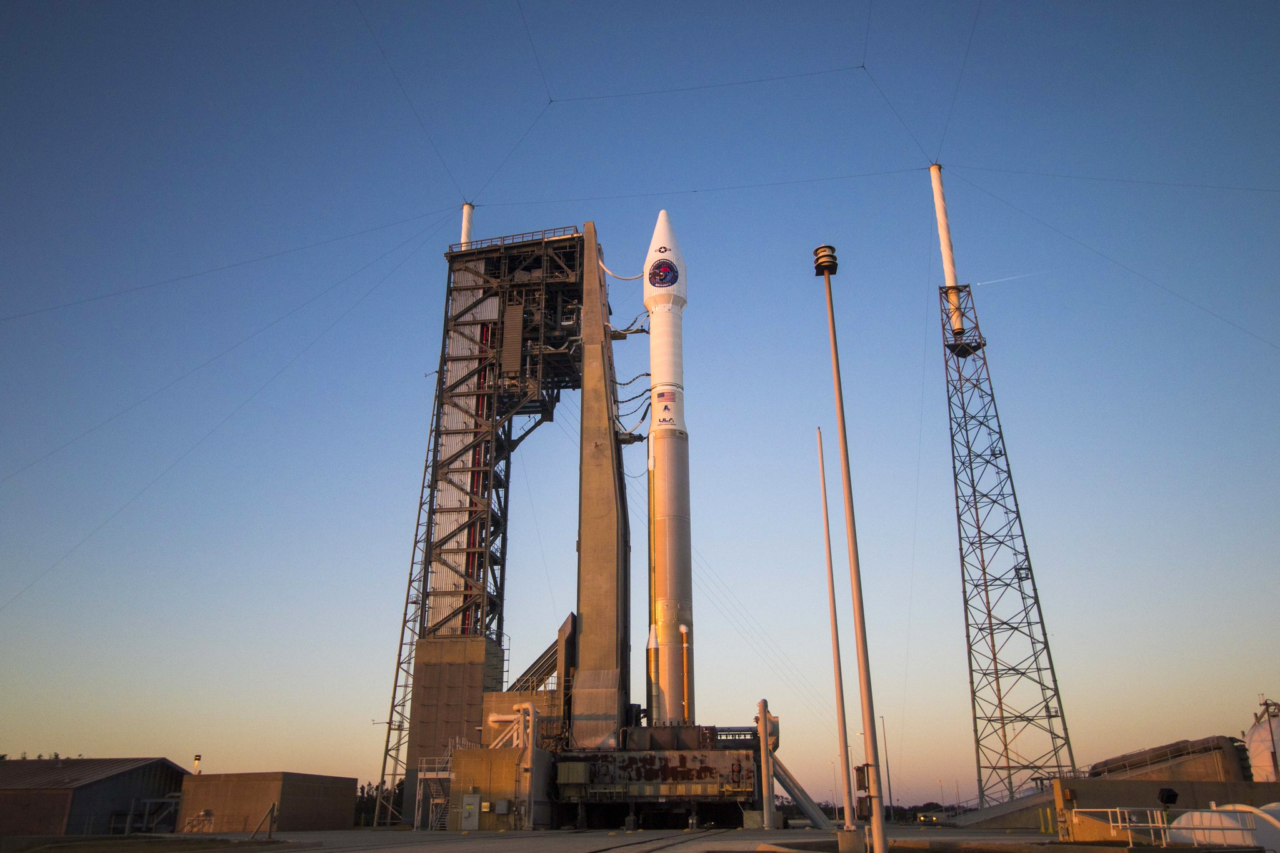Latest News

ULA’s Delta 5 on the launchpad just before the fourth SBIRS launch on Jan. 19. Photo: ULA.
A United Launch Alliance (ULA) Atlas 5 rocket carrying the Space Based Infrared System (SBIRS) Geosynchronous Earth Orbit (GEO) Flight 4 mission successfully lifted off on Jan. 19. The launch took place at Space Launch Complex-41 at Cape Canaveral Air Force Station in Florida, and the U.S. Air Force’s 460th Space Wing confirmed signal acquisition with the satellite approximately 37 minutes after launch.
Equipped with powerful scanning and staring infrared surveillance sensors, SBIRS GEO Flight 4 is the latest satellite to join the Air Force’s orbiting missile warning constellation. The sensors collect data for use by the U.S. military to detect missile launches, support ballistic missile defense, expand technical intelligence gathering and bolster situational awareness on the battlefield. The satellite also completes the initial constellation and allows SBIRS to provide global coverage.
Back on the ground at Buckley Air Force Base, a new SBIRS ground control system — also designed by the satellites’ manufacturer Lockheed Martin — serves as the nerve center for the entire SBIRS satellite constellation and receives large amounts of data from the satellites’ sensors. The SBIRS control system and its operators convert this data into actionable reports for defense, intelligence and civil applications, according to the company.
In late 2016, Lockheed Martin also completed a major upgrade to SBIRS’ ground control system. The new SBIRS Block 10 system includes enhancements such as faster data collection times, improved threat detections, and improved target tracking and infrared information to enable troops to see dimmer targets faster. SBIRS Block 10 also provides the Air Force with greater efficiency by consolidating ground control for the legacy Defense Support Program, as well as SBIRS satellites and payloads in GEO and Highly Elliptical Orbits (HEO).
Next, the SBIRS GEO Flight 4 will begin transitioning to its final location in Geosynchronous Earth Orbit (GEO), approximately 22,000 miles above the Earth. There, the satellite’s solar arrays, light shade and antennas will be deployed to begin on-orbit testing. The satellite will join SBIRS GEO Flights 1, 2 and 3, which were launched in 2011, 2013 and 2017 respectively.
Get the latest Via Satellite news!
Subscribe Now